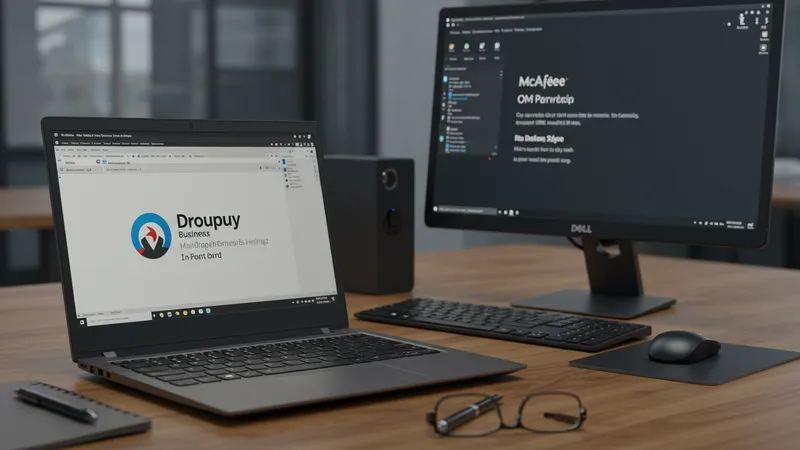
Expand Your Reach With Smart OEM Software Bundling Solutions
Strategic Implementation for Effective Bundling Solutions
Effective OEM bundling starts with identifying compatible hardware partners. For software companies, the focus should be on aligning with devices that target similar end users. Take the example of Dropbox Business installed on Lenovo laptops: both brands cater to enterprises and professionals, resulting in logical synergy and a smooth onboarding experience for newly delivered laptops.

Negotiating the terms of an OEM agreement involves careful planning. Companies must decide whether to include a permanent software license or a trial version with upgrade options. McAfee’s partnerships, for instance, often feature time-limited antivirus trials on Dell desktops, converting a percentage of users to paid plans after experiencing the product’s value firsthand.
Compliance and technical integration are essential steps in the bundling process. Ensuring the software is compatible with hardware specifications, user privacy is maintained, and updates are easily accessible are all critical to avoiding post-sale support issues. Microsoft and HP’s collaborations underscore the necessity of deep technical alignment before roll-out to minimize end-user frustrations.
The roll-out strategy often involves synchronized marketing and support. Both brands typically announce the partnership through their channels, provide clear onboarding instructions, and offer co-branded customer service portals. This unified approach reassures users and smooths the path to adoption while reinforcing each company’s commitment to the overall experience.